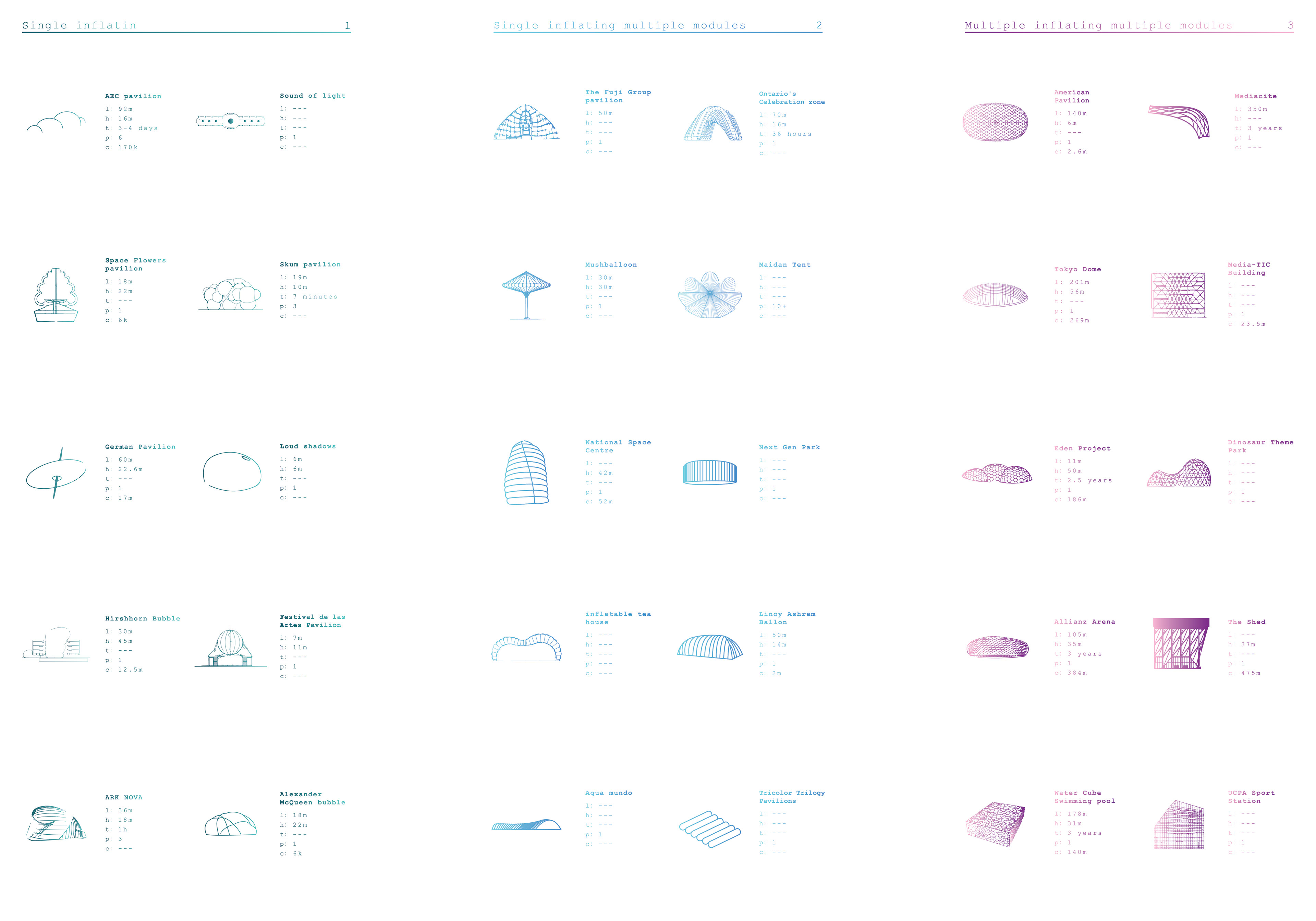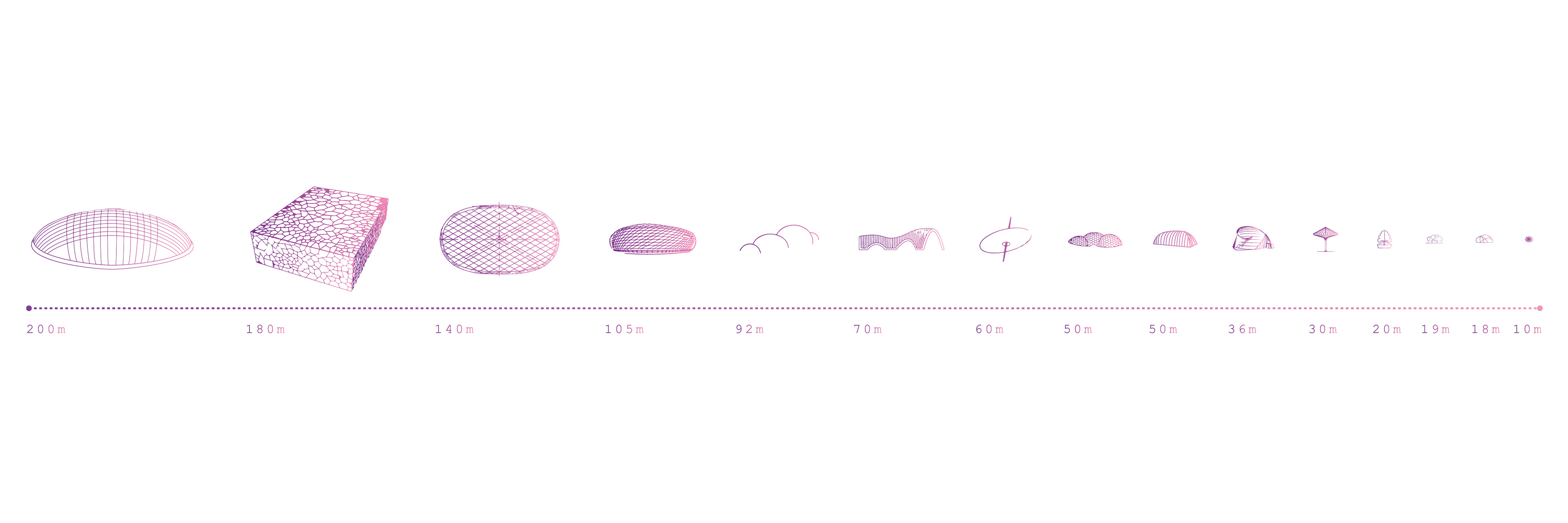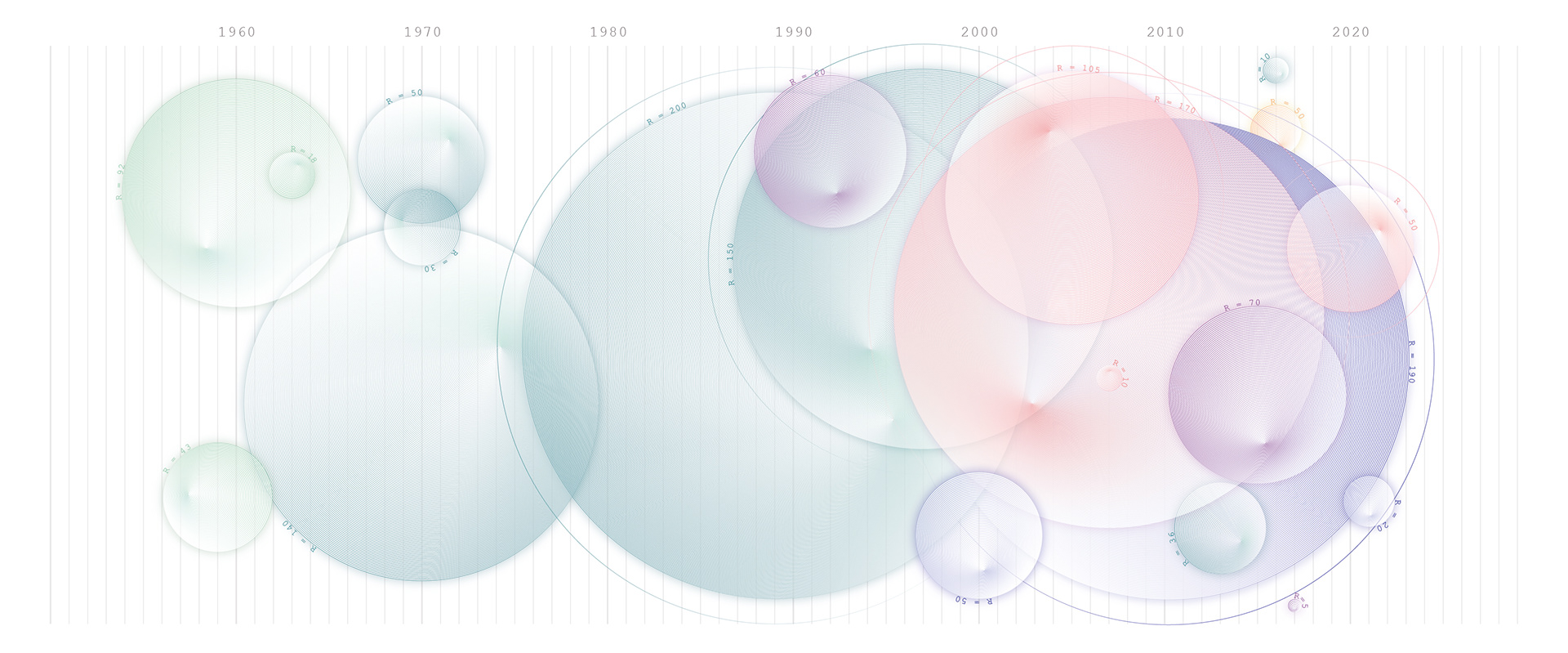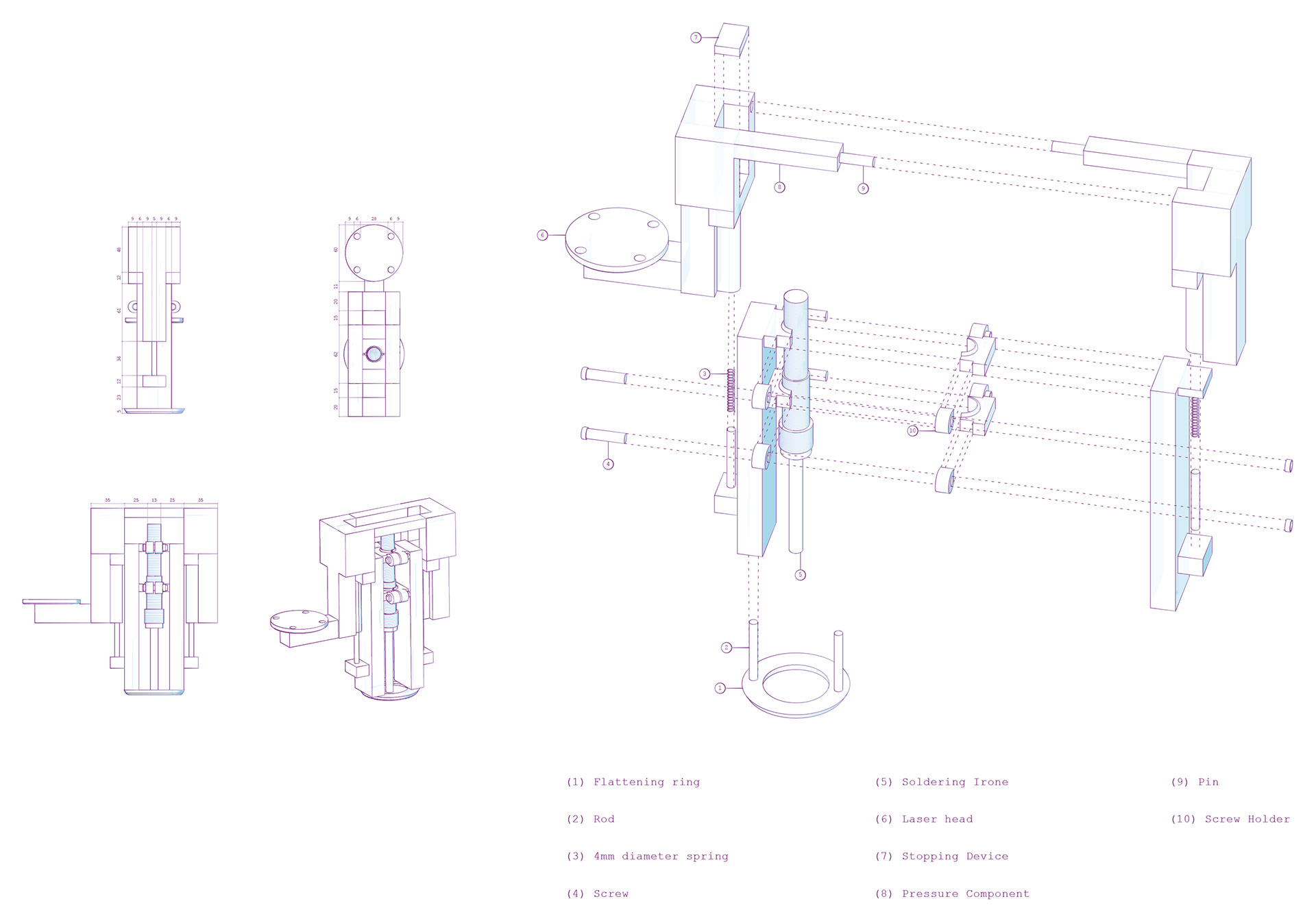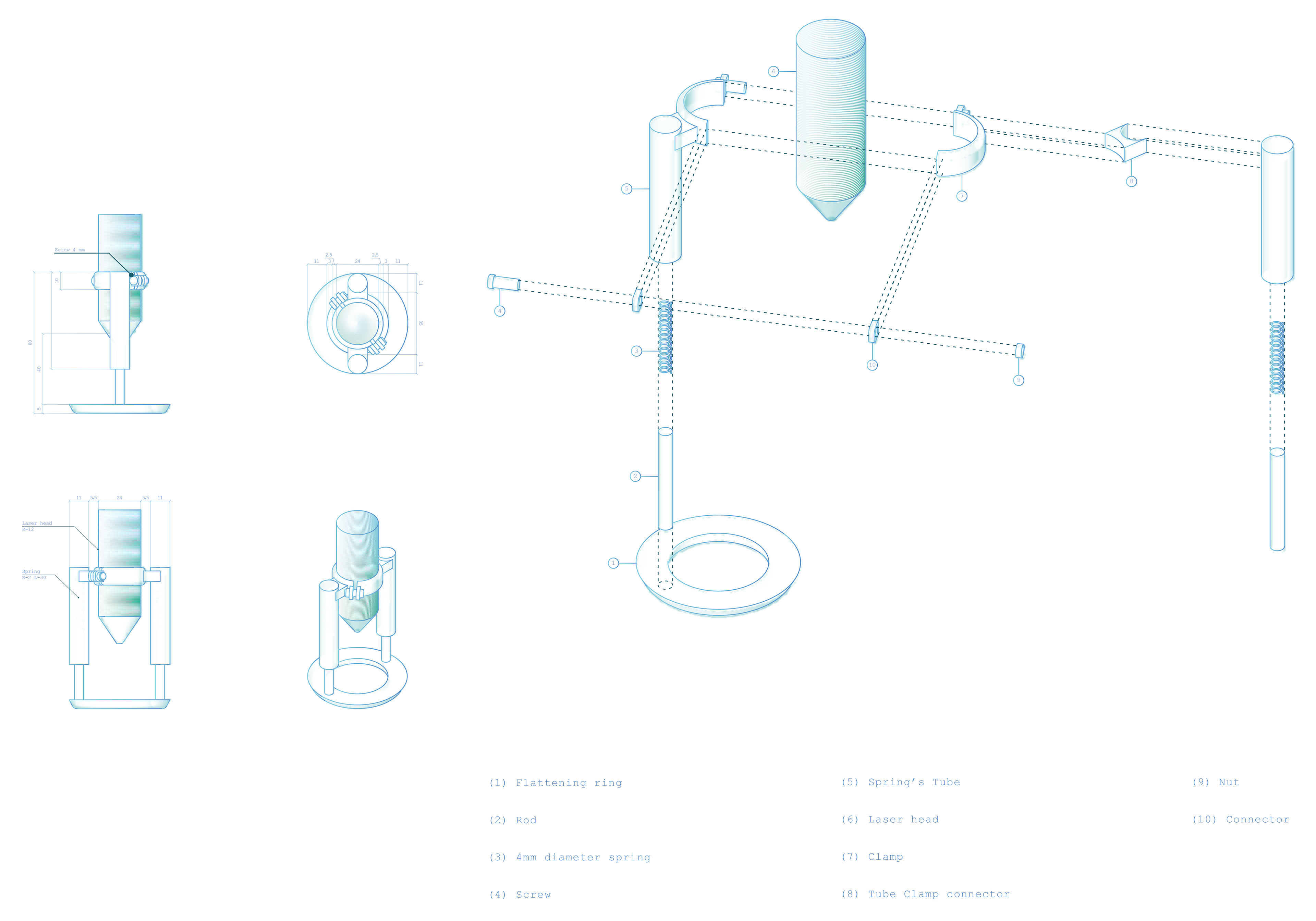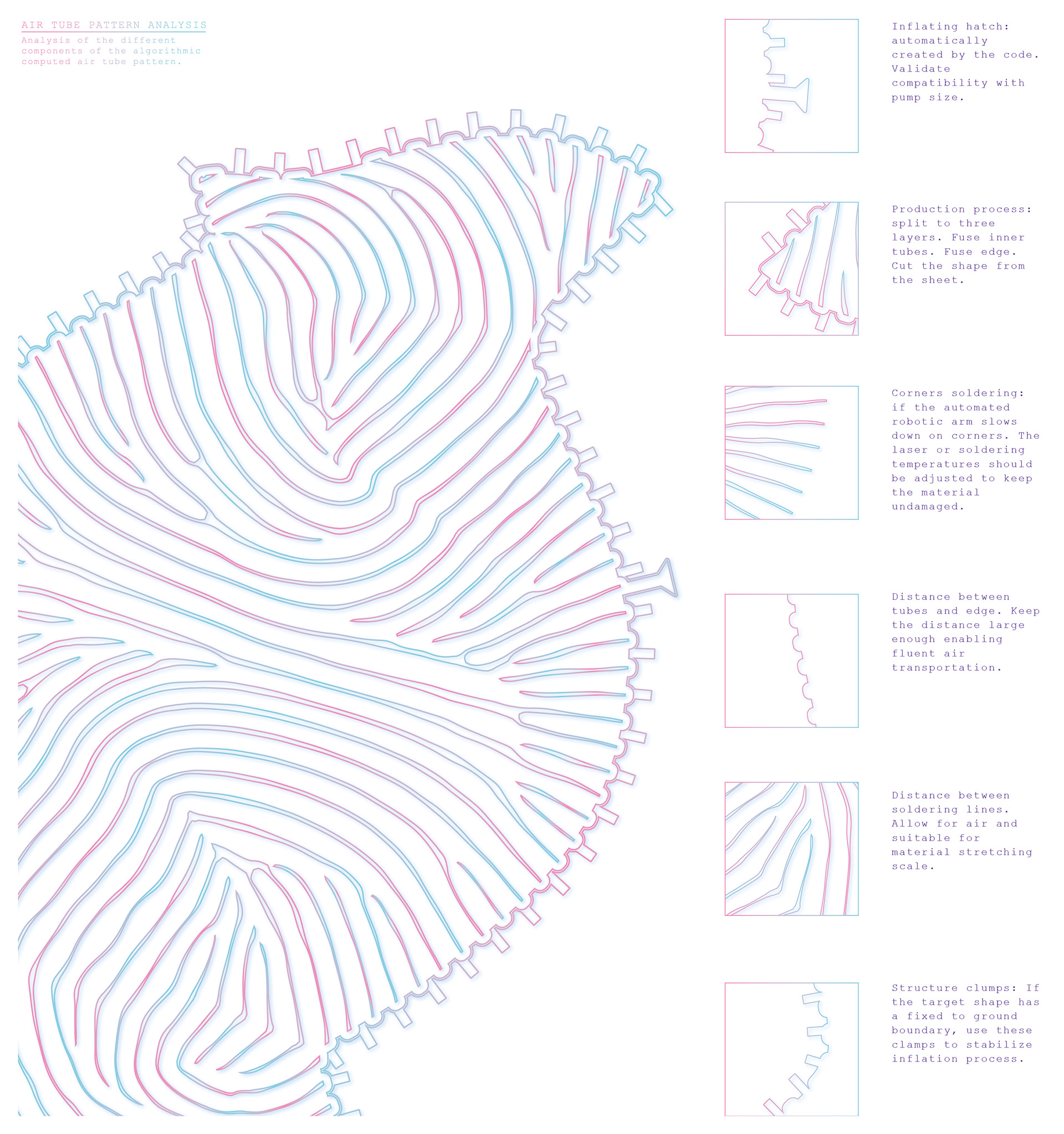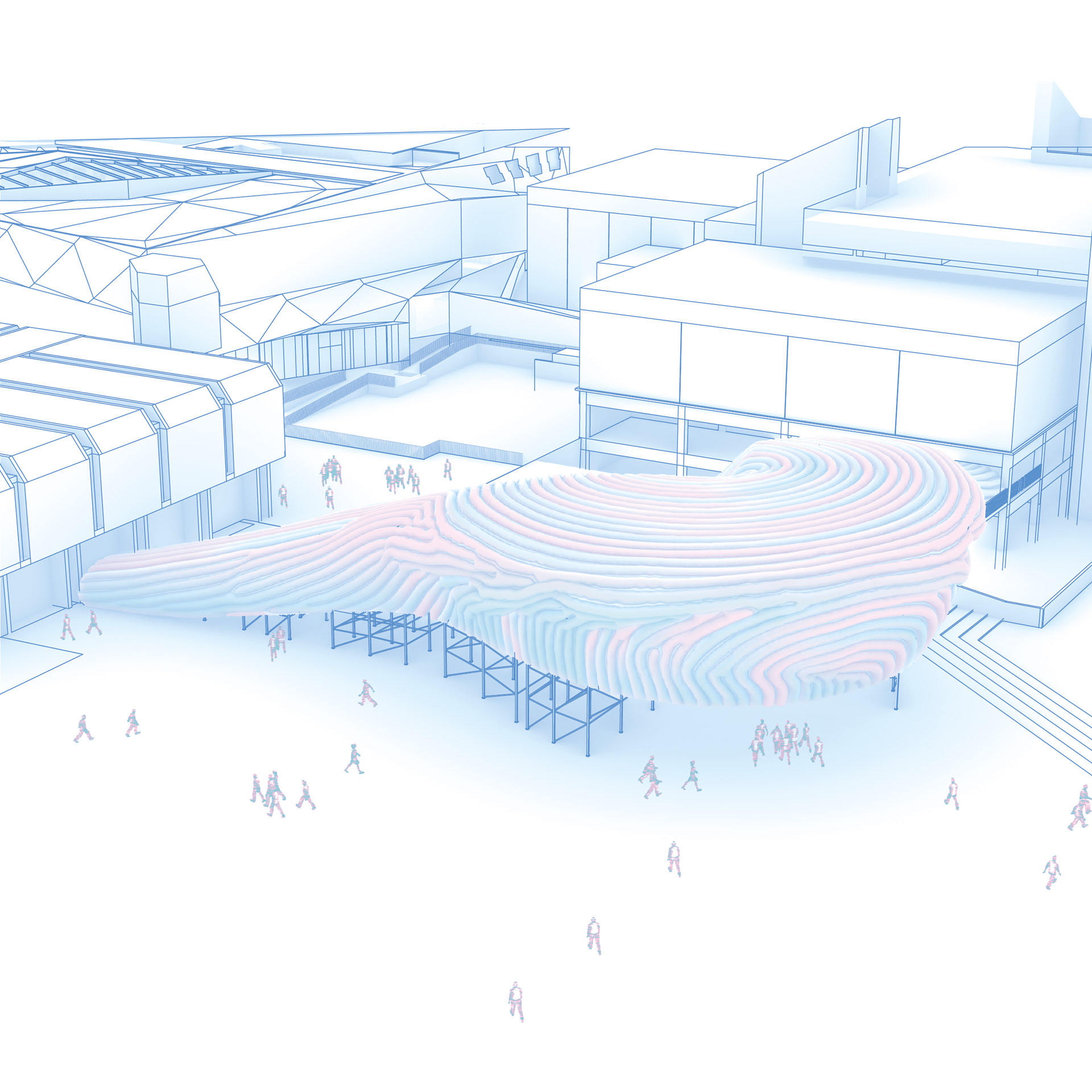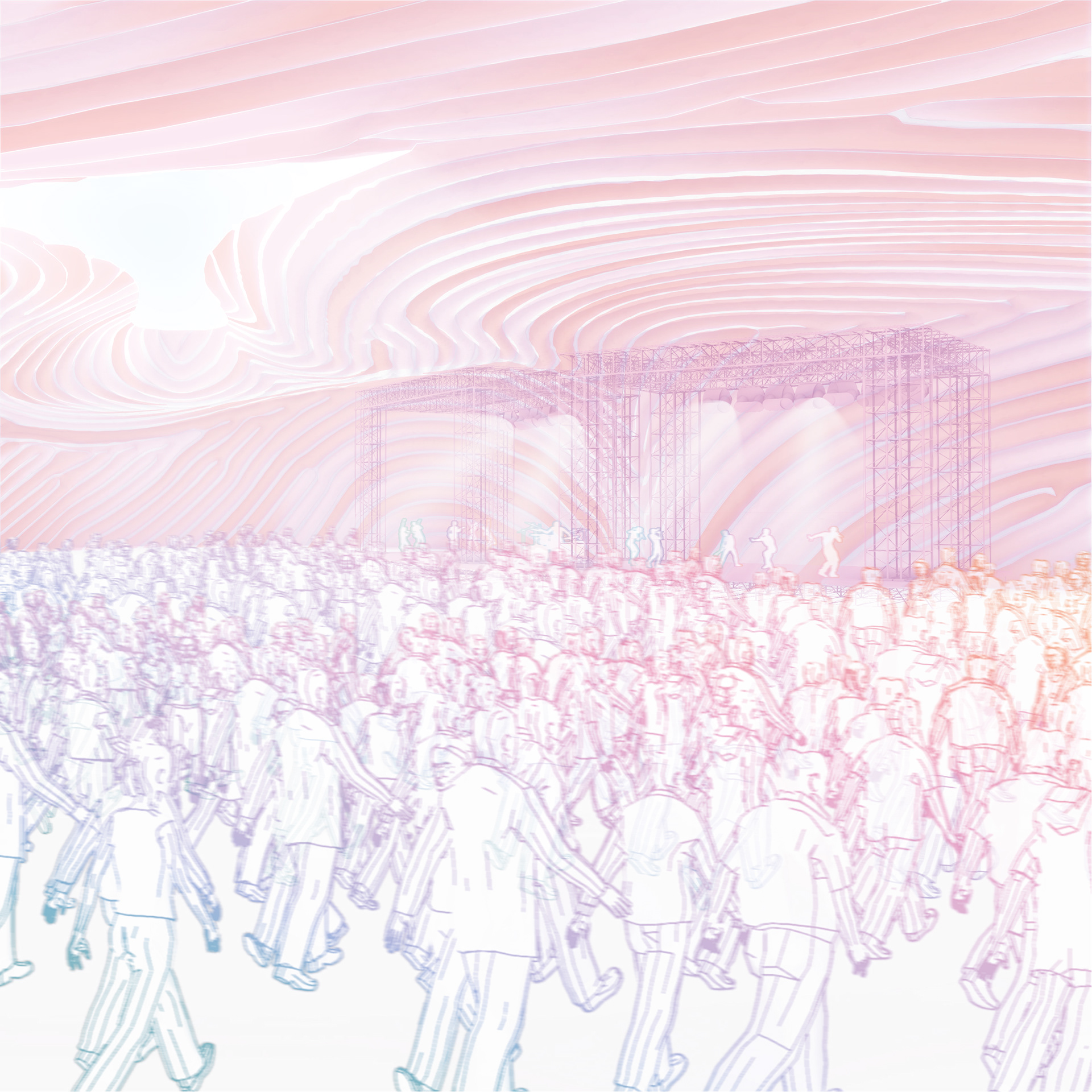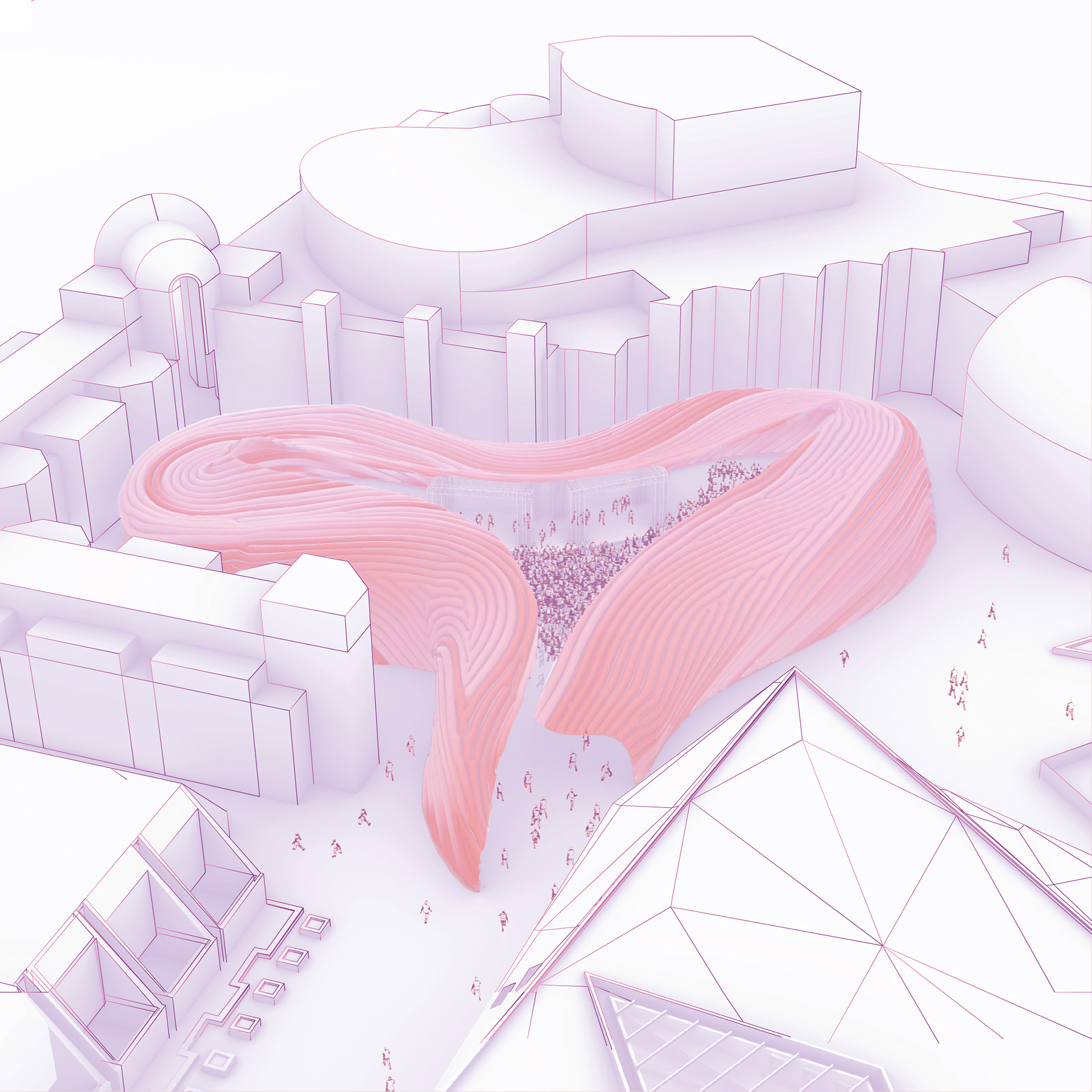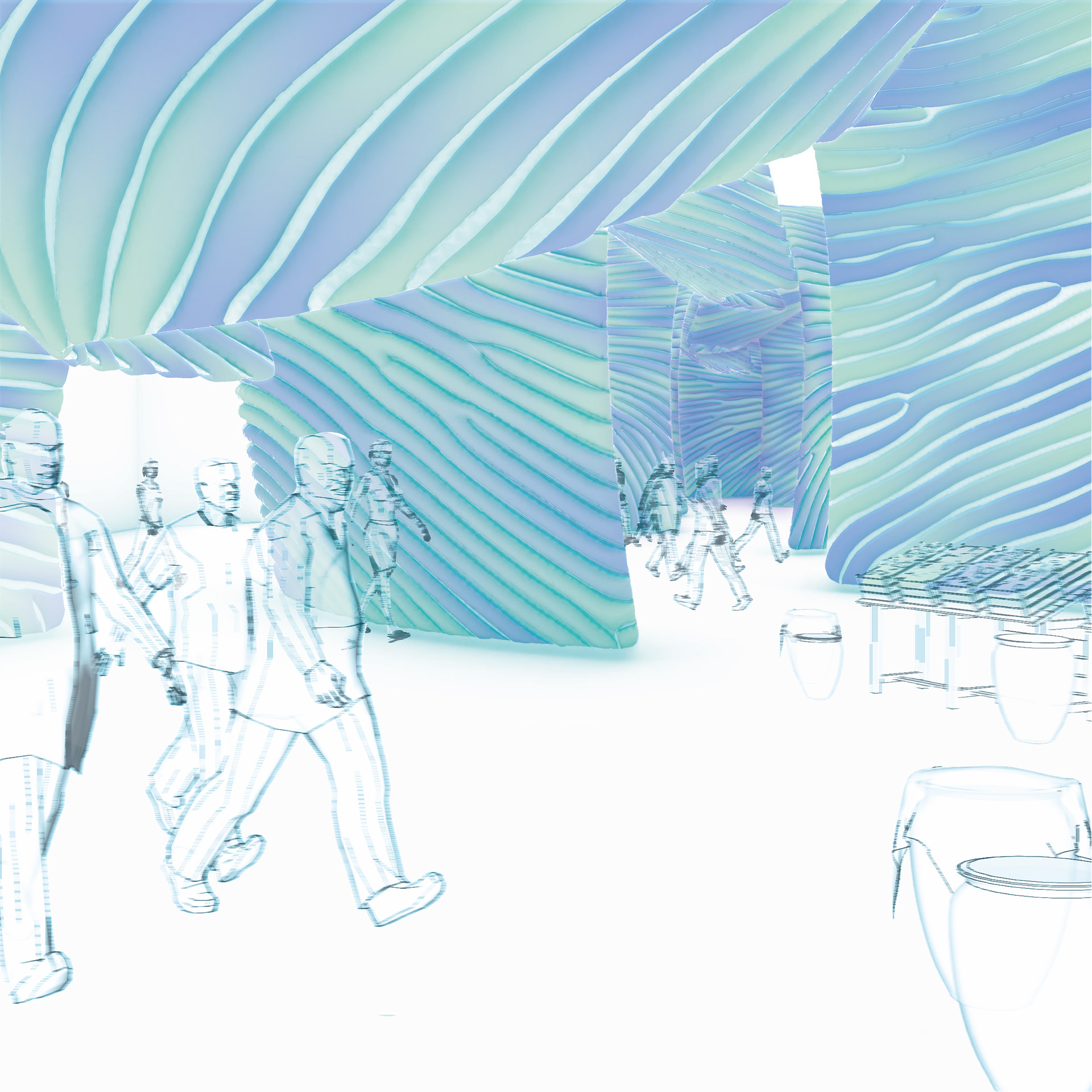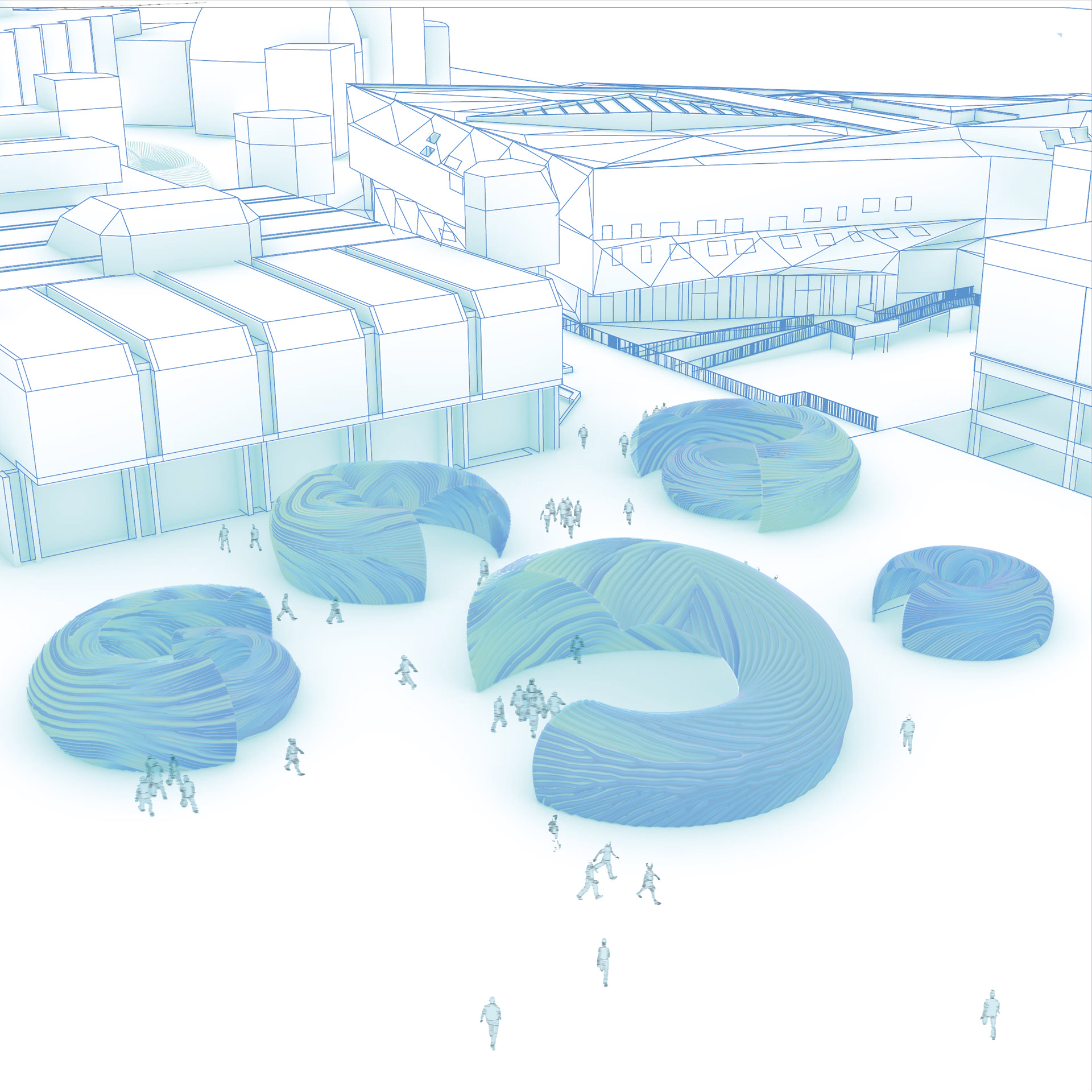Practical applications of pneumatic structures are quite recent and can be traced back to a period starting at the beginning of the 20th century. Pneumatic structures are well known for their unusual shapes and their structural performance.
In parallel with the ease of fabrication and deployment, the ability to build a rich shape space results in very efficient pneumatic structures. The more we get to know the details related to pneumatic structures, such as special systems, materials, fabrication methods, and transformation, the more we can optimize their usage.
The ability to completely control inflatable geometric form, together with a better understanding of the required material, is at the intersection between science and architecture – or in other words, between a computational process and a creative process. This process is the starting point for combining architectural research with the scientific investigation of inflatable geometries.
